Growing Investment in Hair Loss Research
Investment in research and development within the Finasteride Market is on the rise, driven by the increasing recognition of hair loss as a significant health concern. Pharmaceutical companies are allocating substantial resources to explore new formulations and delivery methods for Finasteride Market, aiming to enhance its efficacy and minimize side effects. Recent data indicates that the global market for hair loss treatments is projected to reach USD 3.5 billion by 2026, with Finasteride Market playing a crucial role in this growth. This influx of investment not only fosters innovation but also encourages collaboration between academic institutions and industry players, potentially leading to breakthroughs that could redefine treatment protocols in the Finasteride Market.
Regulatory Support for Hair Loss Treatments
Regulatory bodies are increasingly recognizing the importance of effective hair loss treatments, which positively influences the Finasteride Market. Recent approvals and guidelines from health authorities have streamlined the process for bringing new hair loss products to market, fostering a more competitive landscape. This regulatory support not only encourages innovation but also instills consumer confidence in the safety and efficacy of Finasteride Market. As a result, the market is likely to witness an influx of new entrants and product variations, enhancing consumer choice. The anticipated growth in the Finasteride Market is further supported by favorable regulatory conditions, which may lead to an increase in market share for established players and new innovators alike.
Increasing Prevalence of Androgenetic Alopecia
The rising incidence of androgenetic alopecia, commonly known as male pattern baldness, is a primary driver of the Finasteride Market. Studies indicate that approximately 50% of men experience some degree of hair loss by the age of 50. This condition not only affects physical appearance but also has psychological implications, leading to increased demand for effective treatments. Finasteride Market, a 5-alpha-reductase inhibitor, has been clinically proven to halt hair loss and promote regrowth, making it a preferred choice among consumers. As awareness of this condition grows, the market for Finasteride Market is expected to expand, with projections suggesting a compound annual growth rate of around 5% over the next several years. This trend highlights the necessity for ongoing research and development in the Finasteride Market.
Influence of Social Media and Celebrity Endorsements
The impact of social media and celebrity endorsements on the Finasteride Market cannot be overlooked. As influencers and public figures openly discuss their experiences with hair loss and the effectiveness of Finasteride Market, consumer awareness and acceptance of the product are likely to increase. This trend is particularly pronounced among younger demographics who are more engaged with social media platforms. Market analysis suggests that campaigns leveraging social media can significantly boost product visibility and sales. Consequently, companies within the Finasteride Market are increasingly investing in digital marketing strategies to capitalize on this trend, aiming to reach a broader audience and enhance brand loyalty.
Rising Demand for Non-Surgical Hair Restoration Solutions
The Finasteride Market is experiencing a surge in demand for non-surgical hair restoration solutions. Many individuals are increasingly seeking alternatives to invasive procedures such as hair transplants due to concerns about cost, recovery time, and potential complications. Finasteride Market offers a non-invasive option that can be easily integrated into daily routines. The market data suggests that the non-surgical hair restoration segment is expected to grow significantly, with a notable increase in sales of Finasteride Market-based products. This shift in consumer preference is likely to drive innovation and marketing strategies within the Finasteride Market, as companies aim to cater to the evolving needs of consumers seeking effective yet convenient solutions.


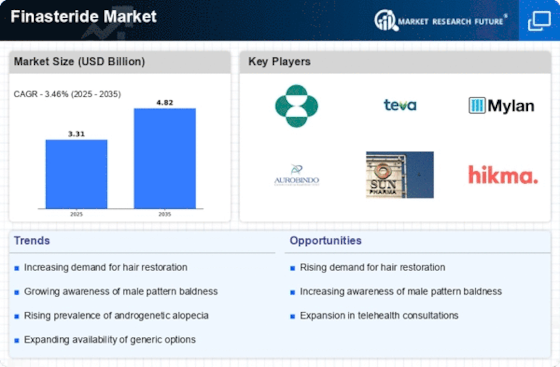
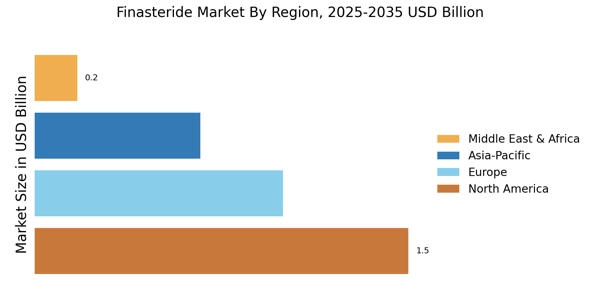
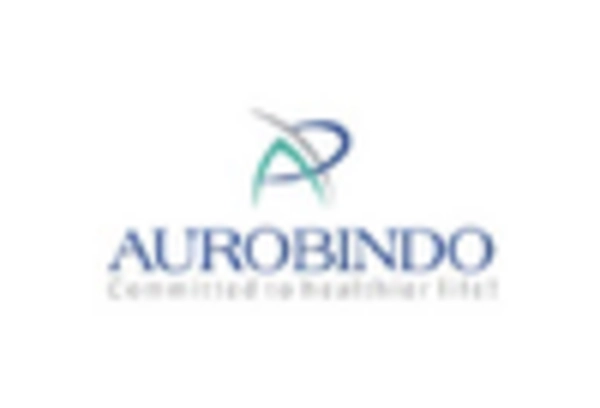
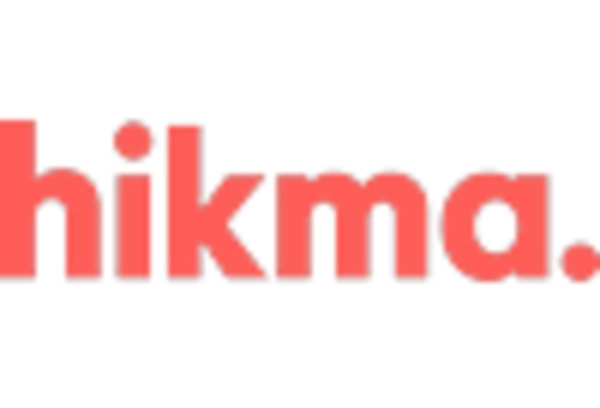

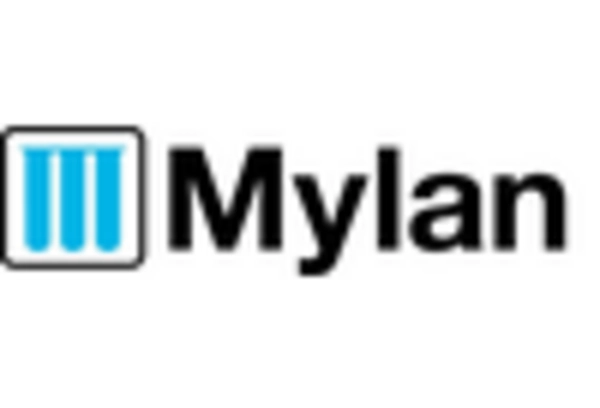
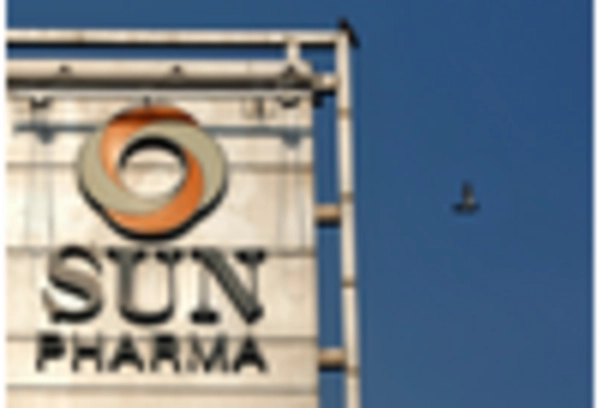
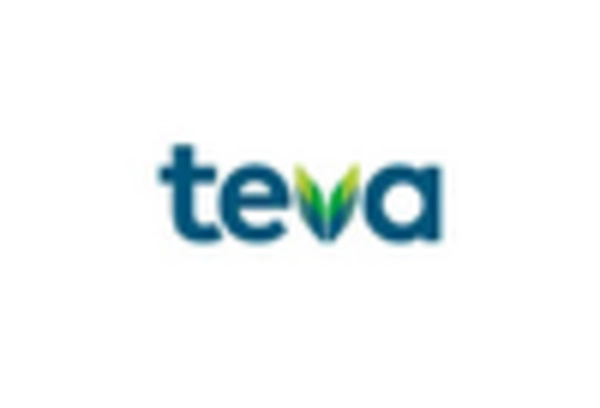








Leave a Comment